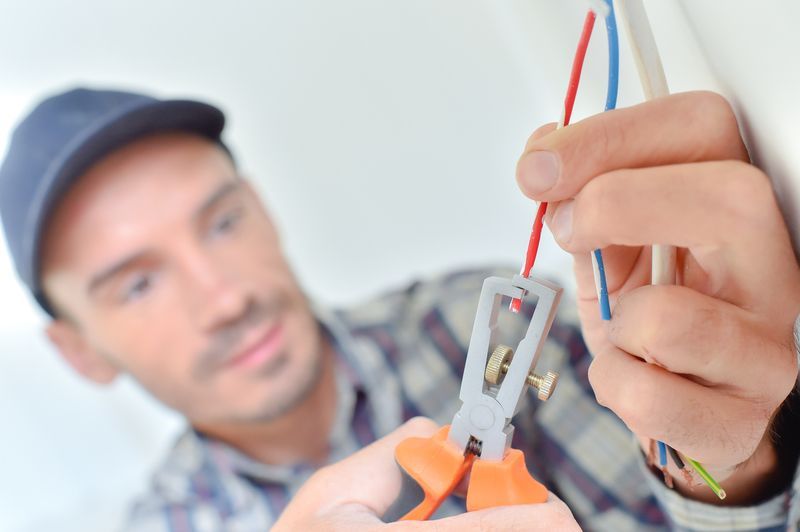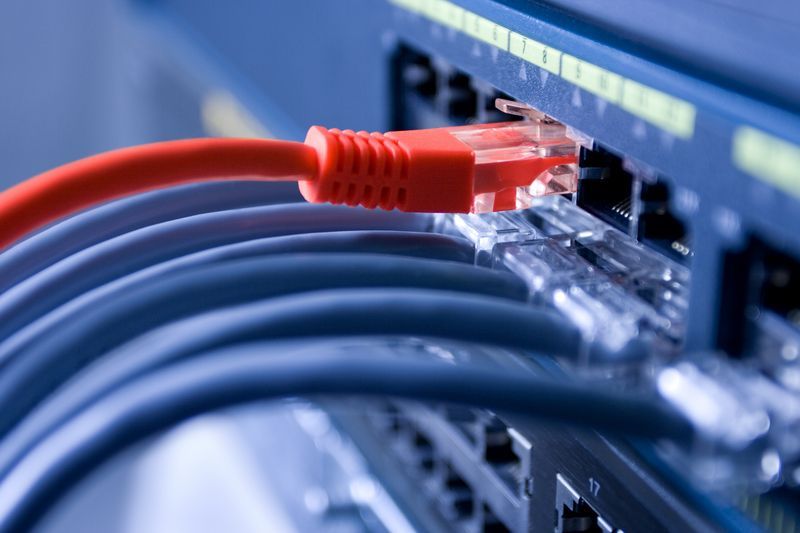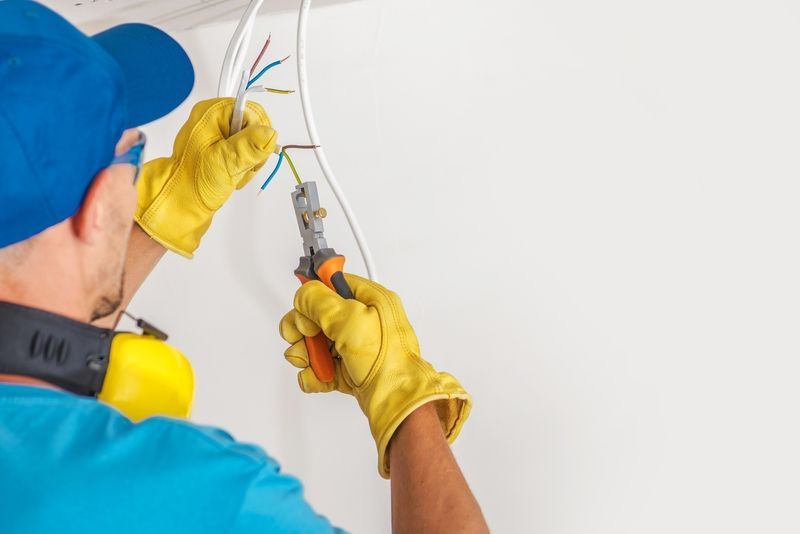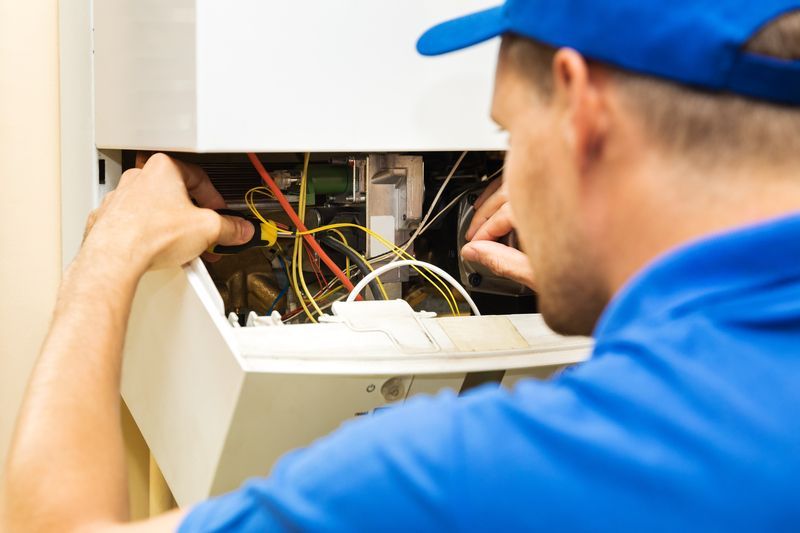In the ever-evolving landscape of information technology, the focus on sustainability within data infrastructure has become paramount. Green cabling introduces a meld of engineering innovation and environmental stewardship, offering compelling opportunities to enhance operational efficiency while significantly reducing ecological impacts. This discussion maps out the strategic approaches to integrating sustainability into cabling systems, from the selection of materials and cutting-edge technologies to optimized infrastructure design, all geared towards minimizing the carbon footprint of businesses and fostering healthier environments.
Choosing Sustainable Materials and Technologies
Initiating the shift towards green cabling involves selecting the right materials that not only meet the technical requirements of a robust data network but also align with sustainability principles. One of the primary materials in focus is low-smoke, zero-halogen (LSZH) cable, which produces less toxic and corrosive gas when exposed to fire, enhancing safety and reducing environmental damage. Additionally, the use of recycled materials in cable manufacturing has seen a significant uptick. Recycled copper and aluminum, for example, require less energy to produce compared to new materials, thus conserving energy and reducing mining activities that heavily impact the environment.
Furthermore, technological advancements such as lighter-weight and higher-density cables support sustainability by reducing the volume of materials used and improving the energy efficiency of data transmission. Manufacturers are also integrating plant-based, biodegradable materials into the cable jackets, which promise a reduced environmental impact at the end of their lifecycle.
Designing for Energy Efficiency
Optimized infrastructure design extends beyond mere operational functionality to incorporate energy-saving measures that benefit both the organization and the environment. One effective strategy is the implementation of structured cabling systems, which streamline the entire network by minimizing the need for multiple wiring infrastructures and reducing power and cooling demands. This leads to a more organized layout that not only eases maintenance but also enhances airflow, which is crucial for reducing cooling requirements in data centers.
Additionally, the adoption of advanced Power over Ethernet (PoE) technology allows for the delivery of power to devices directly through the data cabling, reducing the need for additional electrical wiring and power sources. This not only decreases the energy consumption but also the overall carbon footprint associated with manufacturing, transporting, and disposing of these materials.
Advancing with Eco-Friendly Cabling Innovations
As technology evolves, so too do the opportunities for making data cabling more sustainable. Innovations such as conductive polymers and fiber optic technology represent significant strides forward. Fiber optics, in particular, offer a greener alternative to traditional copper cables. They are not only lighter, reducing transportation emissions, but also require less cooling due to their efficiency in transmitting signals over long distances without significant loss. This significantly cuts down the energy used for data transmission and cooling systems.
Moreover, the industry is witnessing a growth in the adoption of software-defined networking (SDN), which optimizes network control and can dynamically adjust to varying data loads, thereby saving energy. Such technologies not only reduce the physical infrastructure required but also enhance the adaptability and scalability of networks, paving the way for more sustainable practices.
Lifecycle Management and Recycling Protocols
To fully embrace sustainability, businesses must also consider the lifecycle management of their cabling systems. This includes responsible recycling protocols that ensure the safe disposal and reuse of old cables. By establishing a recycling scheme, companies can recover valuable materials like copper and plastic, which can be reused in the production of new cables or other products, thereby reducing waste and the demand for virgin materials.
In addition, there is an increasing emphasis on designing cables that are easier to disassemble and recycle. Manufacturers are focusing on reducing the number of different materials used in cables, as this can simplify the recycling process and increase the purity of recycled materials.
Embracing green cabling not only reflects an organization’s commitment to sustainability but also positions it as a forward-thinking, environmentally responsible entity. As the demand for data continues to grow exponentially, it becomes increasingly critical for businesses to invest in sustainable infrastructure solutions that not only meet their data needs but also contribute positively to the global environment. Through strategic material selection, optimized design, and technological innovation, green cabling systems can provide substantial energy savings and reduce environmental impacts, making them an essential component of modern, eco-friendly business practices.
Embrace the future of data infrastructure with our cutting-edge green cabling solutions. We’re dedicated to providing sustainable, high-performance cabling options designed to meet both your IT and environmental goals. Connect with us today to find out how you can reduce your carbon footprint while boosting your business efficiency. Together, let's build a greener tomorrow.










